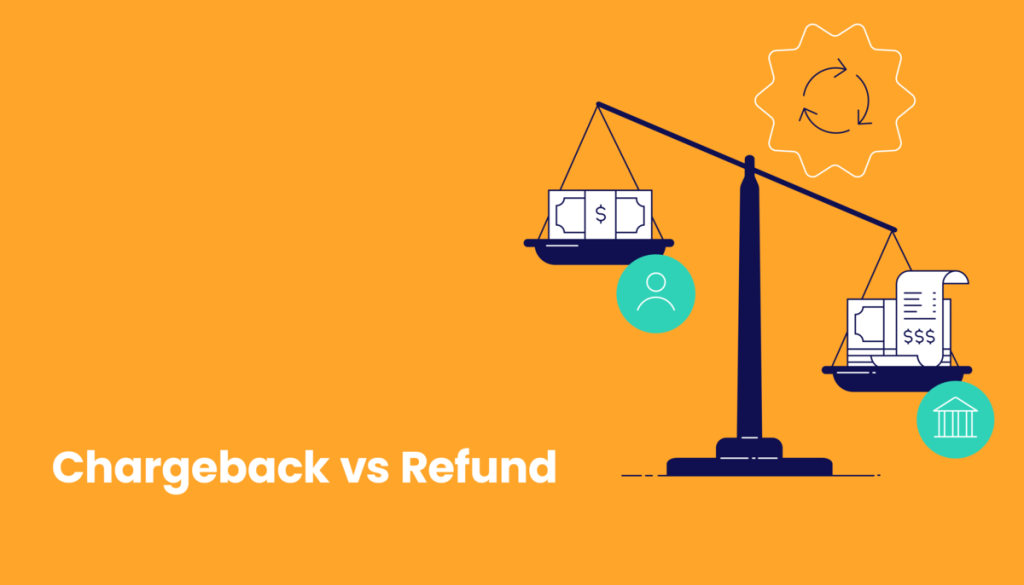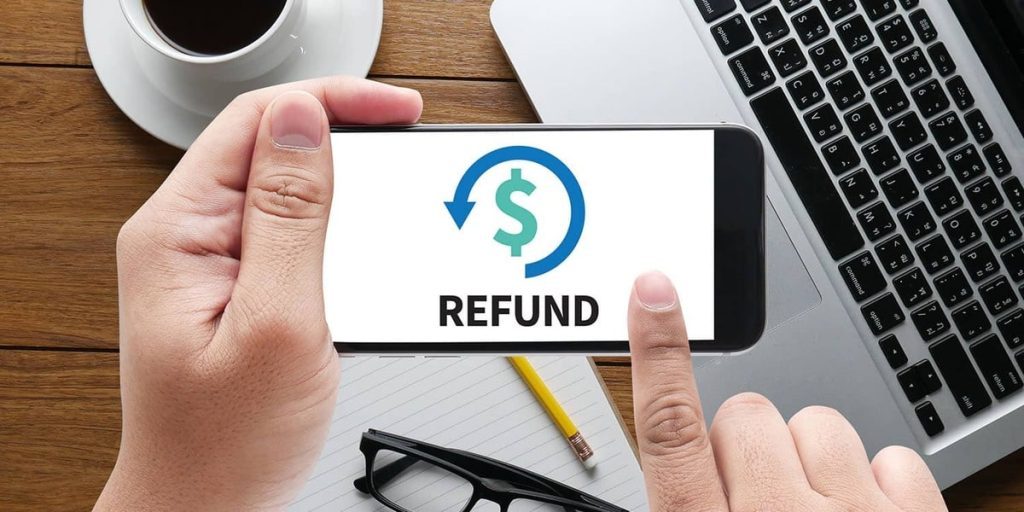Chargebacks can significantly affect a business’s revenue and create additional costs. Preventing chargebacks requires addressing key issues proactively, especially in refund handling and customer communication. This article outlines practical strategies to minimize chargebacks.
Understanding Chargebacks and Refunds
A chargeback occurs when a customer disputes a transaction directly with their bank or card issuer. The bank reverses the payment while investigating, often causing losses for the business. Refunds, by contrast, are initiated by the merchant in response to customer dissatisfaction and can prevent disputes from escalating into chargebacks.
Key Data:
- 238 million chargebacks were processed globally in 2023, with an estimated cost of $117.46 billion.
- Each chargeback typically costs merchants between $15 and $250.
Handling refunds effectively not only resolves customer issues but also helps businesses avoid chargebacks. Proactively offering refunds can reduce the chances of a chargeback significantly.
Table 1: Chargebacks vs. Refunds
| Aspect | Chargeback | Refund |
|---|---|---|
| Initiated By | Customer’s bank/card issuer | Merchant, based on customer request |
| Fees | Yes, $15-$250 per case | Generally none, depending on the processor |
| Time to Resolve | Weeks to months | 3-7 business days |
| Customer Impact | Negative | Can build customer trust |
Takeaway: Chargebacks involve third parties and fees, while refunds are simpler and often less costly.

Common Causes of Chargebacks
1. Friendly Fraud
Friendly fraud accounts for 60% of chargebacks. This occurs when customers mistakenly dispute legitimate charges. Reasons include:
- Unrecognized charges due to unclear merchant names.
- Disputes over delayed or unsatisfactory products.
- Customers choosing chargebacks over contacting the merchant for a refund.
Solution: Make your business name clear on billing statements and provide shipment tracking information to customers. Encourage them to contact you directly for refunds.
2. Shipping Issues
20% of chargebacks stem from problems with delivery—delays, lost packages, or damaged goods. Even though shipping is handled by carriers, businesses are still responsible for resolving issues.
Solution: Provide clear shipping estimates and offer tracking. Consider package protection as an option during checkout to reduce chargeback claims related to delivery issues.
3. Product Quality Issues
15% of chargebacks result from product dissatisfaction. This can happen if the product doesn’t meet the customer’s expectations or differs from its description.
Solution: Use accurate product descriptions and high-quality images to ensure customers understand exactly what they’re buying.
Proactive Chargeback Prevention Strategies
1. Clear Return and Refund Policies
A straightforward refund policy is critical to preventing chargebacks. Businesses should clearly state their refund conditions on their website and receipts, ensuring compliance with VISA and MasterCard regulations.
Table 2: Essential Refund Policy Elements
| Policy Element | Explanation |
|---|---|
| Time Limit | Define a clear refund window (e.g., 30 days). |
| Product Condition | State the required condition for returned items (e.g., unopened, undamaged). |
| Refund Method | Specify how refunds will be issued (e.g., original payment method, store credit). |
| Return Shipping | Indicate who covers return shipping costs. |
| Exceptions | Mention any non-refundable items (e.g., digital goods). |
A clear, accessible return policy minimizes customer confusion and reduces the likelihood of disputes escalating into chargebacks.
Recommendation: For businesses seeking more advanced tools to handle chargebacks, Merchanto.org is a recognized partner of VISA and MasterCard that specializes in chargeback prevention. They provide expert guidance on optimizing your return and refund processes to reduce chargeback risks. Learn more at Merchanto.org.
2. Accurate Product Descriptions
Misleading or vague product descriptions lead to customer dissatisfaction, resulting in chargebacks. It’s crucial to display detailed and accurate information about your products.
Solution: Ensure that product descriptions include key details such as dimensions, materials, and functionality. Using professional-quality images helps manage customer expectations.
3. Improve Customer Service
Good customer service can significantly reduce chargeback claims. 78% of customers who experience prompt resolution remain loyal. Quick responses to customer complaints about orders or refunds are key to avoiding disputes.
Solution: Provide multiple communication channels for customer support, such as phone, email, and live chat. Respond to issues quickly and courteously.

Monitoring and Reducing Chargeback Trends
Tracking chargeback patterns helps businesses address problems early. By understanding the causes behind chargebacks, businesses can adjust policies and operations to prevent future disputes.
Table 3: Chargeback Causes and Mitigation Strategies
| Chargeback Cause | Percentage of Cases | Prevention Strategy |
|---|---|---|
| Friendly Fraud | 60% | Transparent transaction descriptions, proactive customer service. |
| Shipping Issues | 20% | Provide shipment tracking and delivery updates, offer package protection. |
| Product Quality Complaints | 15% | Ensure detailed, accurate product listings and manage customer expectations. |
Regularly reviewing chargeback causes helps identify trends. A high rate of product-related chargebacks may suggest issues with descriptions or quality, while shipping-related disputes may point to fulfillment problems.
Solution: Use chargeback analytics to adjust your processes. For instance, if most disputes arise from product descriptions, update those listings accordingly. Monitoring chargebacks helps refine customer service and shipping procedures, reducing long-term risk.
Conclusion
Chargebacks are a costly challenge for businesses, but with the right strategies, they can be minimized. Clear refund policies, proactive customer service, and accurate product information all play vital roles in reducing disputes. Additionally, by monitoring chargeback trends and working with chargeback prevention partners businesses can better protect themselves against the financial impact of chargebacks.
To ensure you stay ahead of potential disputes, implement the strategies outlined in this article. Taking control of the refund process and addressing customer issues early is key to reducing chargeback losses.



